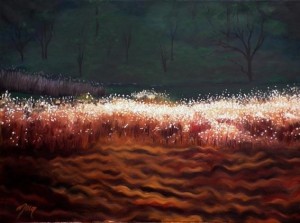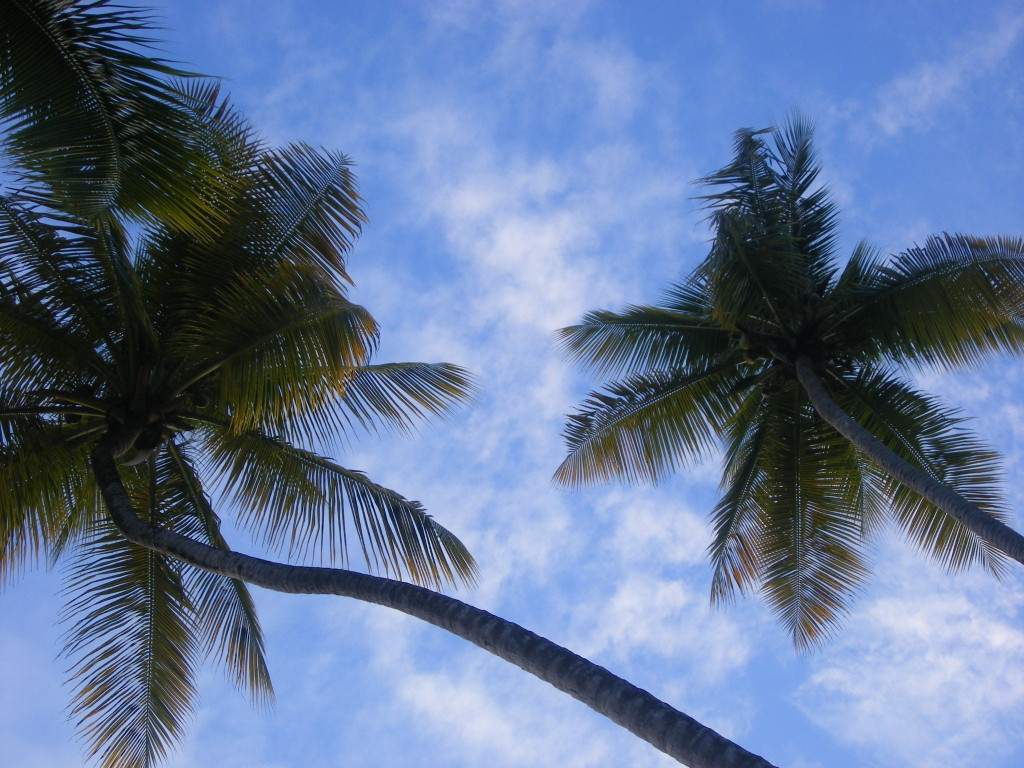by Sheree Mack.
It is difficult to approach the subject of the transatlantic slave trade and slavery without having some prior knowledge. Be that extensive or patchy knowledge, it is difficult to pay attention to the objects or the peoples involved without making judgements, fitting them into our preconceived categories.
When we can put aside these preoccupations, the subject of slavery has something new to show us – something that is beneficial to us in some way.
When we open ourselves up to the truths of this trade, we allow ourselves to be taught about the peoples involved. We might begin to realise that we had a particular role to play in the history of the slave trade. We might feel moved by the harsh realities of the trade that we might start to want to know more and go on to share what we learn with others.
Becoming engaged, becoming conscious always involves hearing some new truth. We can open ourselves up to this truth in many different ways. It helps if we stay curious. It helps if we are willing to listen to what history has to tell us and then learn from it.
On January 23 1772, a petition was brought to the magistrates and council of the Burgh of Ayr. James and Robert Hunter, brothers and Ayr‘s foremost tobacco merchants, had a proposal that they needed the council to sign off on. It read:
‘That whereas the demand for sugar, both raw and refined, was very considerable from this town and the neighbouring county connected with it, and large sums of money were yearly remitted to Glasgow, Greenock, London, Bristol and Liverpool for these articles; the petitioners were humbly of opinion that it would be of much public and private benefit that raw sugars were imported here from the Colonies, and a sugar house erected in this place for refining them’.

from Voyage Autour Monde – Histories Du Voyage, L. I. Duperry (1826) from The Lit and Phil, Newcastle upon-Tyne
The facts are that both the Scottish and English owned land in the West Indies and the east coast of America from the 1600s. This land they cleared for planting tobacco and sugar. They could only run these plantations by working the native people and indentured servants to their death. Following the 1707 Act of Union between Scotland and England, Scottish merchants joined the
English trade routes including ‘the triangular trade’.
Goods such as cloth, copper and guns were shipped from Britain to West Africa. These were sold or exchanged for Africans. These African’s were taken from their homeland shipped across the Atlantic Ocean to the West Indies or America where they were sold into slavery. The enslaved Africans worked on the plantations, producing raw materials such as sugar, rum,
tobacco and cotton. These raw goods were then shipped to Britain to feed the growing markets. So was ‘the triangle trade’ and Port Glasgow and Greenock were two major trading ports in this trade.

from Voyage Autour Monde – Histories Du Voyage,
Vue de l’ile de L’Ascension L. I. Duperry (1826) from The Lit and Phil, Newcastle upon-Tyne
The sugar trade between the Clyde and the West Indies began about 1732. 1775 saw the total sugar imports amounting to no more than 4,000 tons. Greenock saw a small proportion of this. But less than 80 years later, Greenock boasted refineries where 700 men were employed and turned out 50,000 tons annually. It was largest depot for raw material in the kingdom.
What happened between 1775 and 1852?
A cane monopoly strangled supplies to Britain with the East India Company restricting refiners outside of London, but when these were withdrawn in 1834 the imports from Manila and the East Indies were enlarged. By the 1850s, there was only London and Greenock in the Empire
carrying on the trade. Couple this with a massive increase in demand in the UK for sugar and the Clyde refineries were kept in business and grew. 2
These are the facts and figures. These can be easily found within the books, articles and documents detailing this part of British history. What is not so easy to discover are the people, their lives, both white and black, who are behind these facts and figures, or fallen between the cracks and gaps. Those who had position and the power to write history factored themselves into these records. Their names will be passed on throughout the generations. But what about those people who were powerless? What about those people who did not have the opportunity, for one reason or another, to have their story recorded and passed on?
This is where Absent Voices can do some good; to fill in the gaps in history, to approach the subject of the transatlantic slave trade and slavery in new initiative ways and reveal some new truths.
 Alex’s focus will be to respond to the sugar sheds, the sugar industry and history in relation to Greenock through the medium of glass. He’s been looking at the impact that wealth had on Inverclyde through the era when sugar barons became extremely wealthy. One of their chosen indulgences was stained glass and Greenock still boasts a fine array of the best design in glass anywhere in the world.
Alec plans to document this work in relation to unearthing hidden glass treasures. He is also exploring the works from the hands of glass masters like Stephen Adam, who was widely commissioned to produce work for the rich.
Most of these works are unseen by the general public which gives them an added intrigue. Alec will be undertaking glass classes which look at these pieces and explore techniques of the glass masters who made them. Participants will be able to make their own works under supervision. In addition Alec hopes to also facilitate a series of Urban Sketching classes throughout Inverclyde.
The end game is the production of a new creative archive that talks about the sugar heritage and the sugar shed building in a slightly different way. Alec enjoys the idea that this archive will stand as a creative response that one day future generations will look at and be given an insight into the people who inhabited the space and also the impact that sugar refining had on Scotland and the rest of the world.
Alex’s focus will be to respond to the sugar sheds, the sugar industry and history in relation to Greenock through the medium of glass. He’s been looking at the impact that wealth had on Inverclyde through the era when sugar barons became extremely wealthy. One of their chosen indulgences was stained glass and Greenock still boasts a fine array of the best design in glass anywhere in the world.
Alec plans to document this work in relation to unearthing hidden glass treasures. He is also exploring the works from the hands of glass masters like Stephen Adam, who was widely commissioned to produce work for the rich.
Most of these works are unseen by the general public which gives them an added intrigue. Alec will be undertaking glass classes which look at these pieces and explore techniques of the glass masters who made them. Participants will be able to make their own works under supervision. In addition Alec hopes to also facilitate a series of Urban Sketching classes throughout Inverclyde.
The end game is the production of a new creative archive that talks about the sugar heritage and the sugar shed building in a slightly different way. Alec enjoys the idea that this archive will stand as a creative response that one day future generations will look at and be given an insight into the people who inhabited the space and also the impact that sugar refining had on Scotland and the rest of the world.
 The community have responded positively to the project overall, especially those with links to the sugar industry. Some of the artists of the group have undertaken community classes and worked with local schools and some amazing work has been produced. A lot of satisfaction comes from working in schools because all school aged children are of a generation now that know little of the industry. They find out why Jamaica Street is called Jamaica Street etc. Children love the idea that their little town has a much wider past when a spotlight is shone on things like this .
The project also gives the elderly members of the community a focus and platform to share their wonderful stories and experiences. Talking about this ageing generation, Alec believes they get the most out of this project, ” they feel part of it because they have the knowledge that we as artists do not possess…. and they get great satisfaction from seeing a simple story somehow crystallise into a beautiful artwork or song or poem….”.
Please keep checking back with the website to find out more information about Alec’s forthcoming classes with the community.
The community have responded positively to the project overall, especially those with links to the sugar industry. Some of the artists of the group have undertaken community classes and worked with local schools and some amazing work has been produced. A lot of satisfaction comes from working in schools because all school aged children are of a generation now that know little of the industry. They find out why Jamaica Street is called Jamaica Street etc. Children love the idea that their little town has a much wider past when a spotlight is shone on things like this .
The project also gives the elderly members of the community a focus and platform to share their wonderful stories and experiences. Talking about this ageing generation, Alec believes they get the most out of this project, ” they feel part of it because they have the knowledge that we as artists do not possess…. and they get great satisfaction from seeing a simple story somehow crystallise into a beautiful artwork or song or poem….”.
Please keep checking back with the website to find out more information about Alec’s forthcoming classes with the community.






















